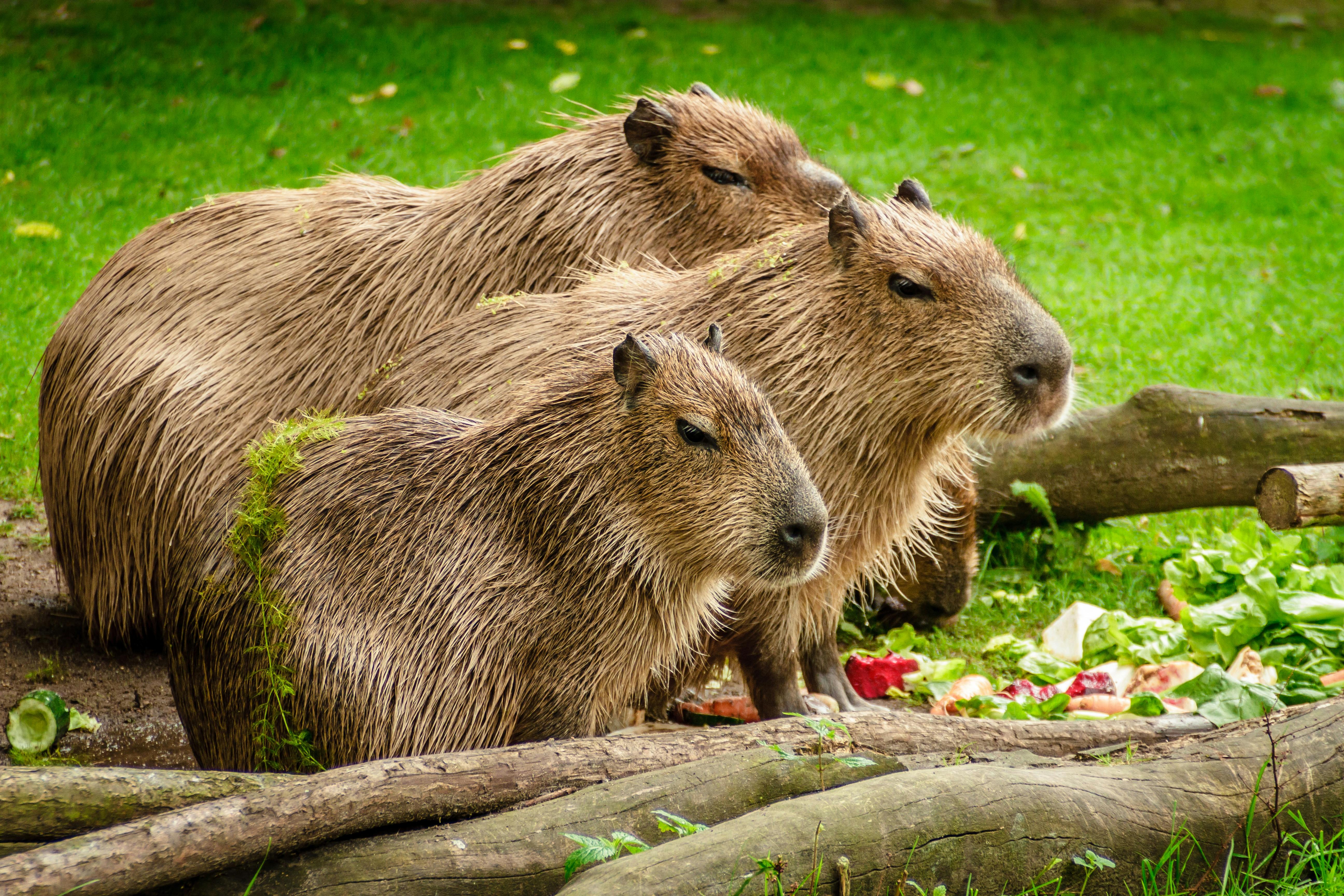The Intriguing World of Capybaras: An Uncommon Pet Choice
The capybara, a giant rodent native to South America, is taking the pet world by storm. This article explores the allure of these unusual creatures and examines what it takes to care for one. Capybaras, the world's largest rodents, are gaining popularity as unconventional pets. Originating from South America's lush grasslands and swampy marshes, these semi-aquatic creatures are known for their amiable nature and distinctive appearance. Unlike traditional rodents, capybaras are exceptionally large, with adults reaching up to 140 pounds. Their size, combined with their social demeanor, has contributed to their increasing popularity in the pet industry.

Current Trends: Capybaras in the Modern World
In recent years, capybaras have become a trendy choice among exotic pet enthusiasts. They’ve even earned a spot in social media limelight, with several capybara-themed accounts amassing thousands of followers. Their unique characteristics, from their cuddly appearance to their ability to form bonds with a variety of other animals, have significantly driven their appeal.
The Cost of Owning a Capybara
Owning a capybara can be quite an investment. The initial purchase price for a capybara can range from $600 to over $1000, depending on the breeder. However, the costs do not stop there. Capybaras require a specialized diet, ample space for exercise, and access to a swimming area, all of which can add up. Additionally, veterinary care for exotic pets can be significantly more expensive than for traditional pets.
Market Impact of Capybaras
The growing interest in capybaras has led to an expansion in the exotic pet market. Breeders, pet stores, and online platforms catering to exotic pets have reported an increase in demand for these creatures. However, it’s crucial to note that the burgeoning popularity of capybaras also triggers concerns about unethical breeding practices and potential negative impacts on their wild populations.
The Reality of Capybara Care
While capybaras might be cute and social, they’re not as easy to care for as more common pets like dogs or cats. They require a specific diet, plenty of space to roam, and need regular access to water for swimming, reflecting their semi-aquatic nature. As social creatures, capybaras also thrive in the company of their own kind, which means potential owners should consider owning more than one.
In conclusion, while capybaras offer an exciting alternative for pet enthusiasts looking for something out of the ordinary, they also come with a unique set of care requirements. Prospective capybara owners must be prepared to meet these needs and commit to providing a suitable environment for these intriguing creatures.




